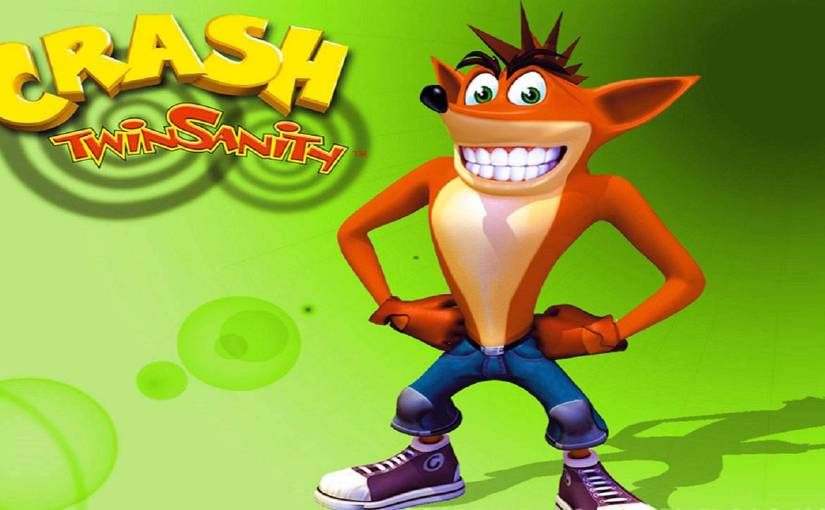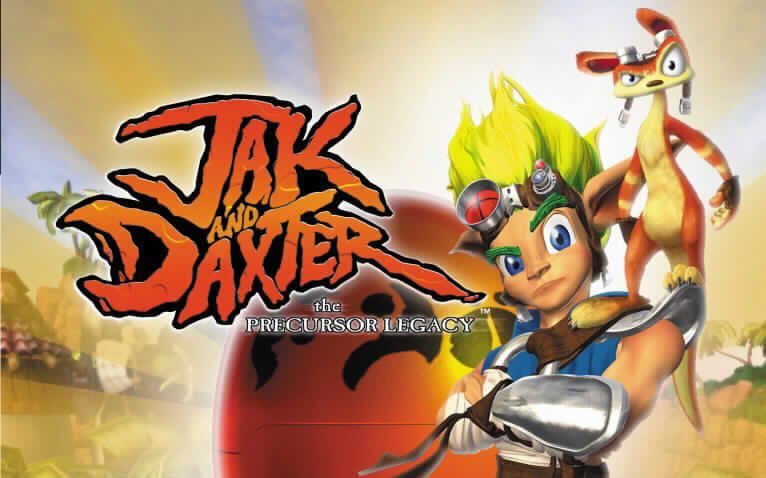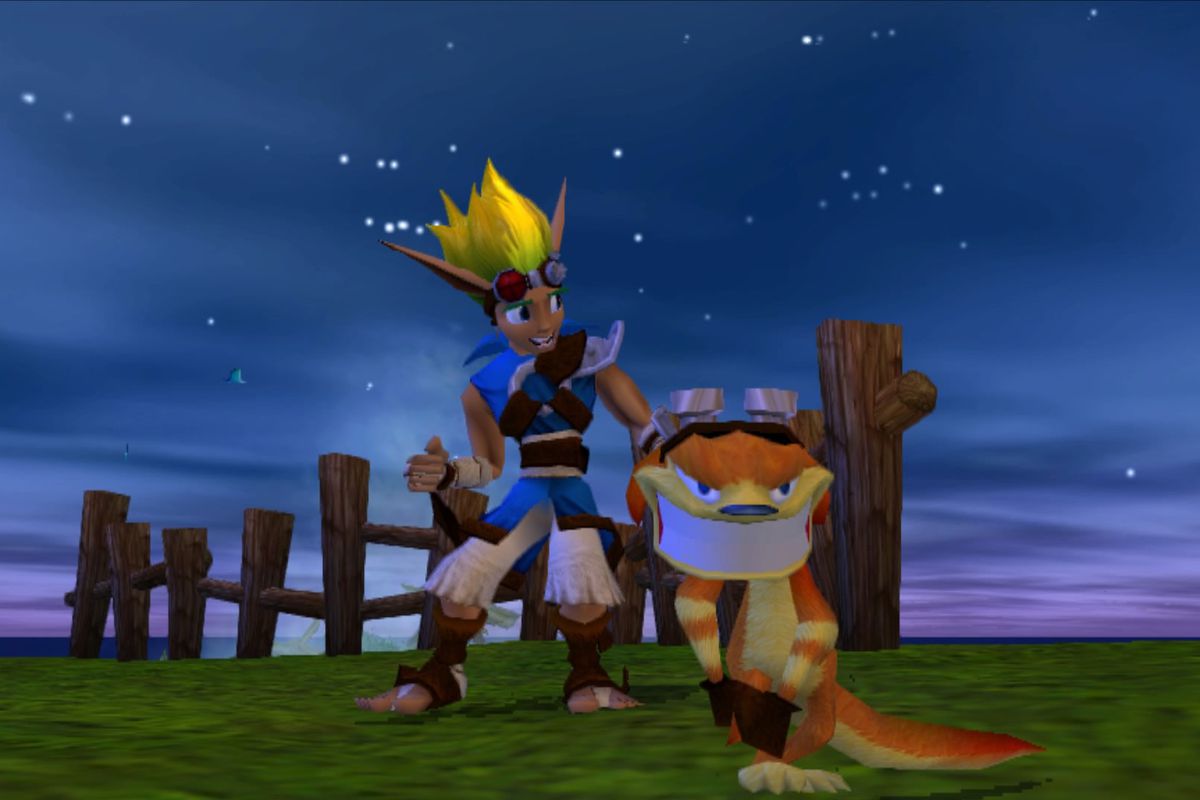I am back to writing. Apologies, I have had a cheeky mental breakdown for a few months there. Nonetheless, it is appropriate to mark my return with a mental breakdown of a Crash game, Crash Twinsanity.
After a rocky start to the PS2 era for Crash Bandicoot with Wrath of Cortex, next up was a new approach to the genre of game that Crash had perfected in its first three entries. Crash Twinsanity is a game that divides opinion. With its back story being very well known by now, I sat down to finish this game, and give my genuine opinion on what I thought of the experience.
Story –
Crash Twinsanity does try to have more of a story approach than previous games. Cut scenes are aplenty and there is far more dialogue. I thought that Twinsanity had moments that were peaks for the Crash series at the time in terms of story. The concept into Cortex’s time at the Academy of Evil, amongst his treatment of Victor and Moritz, are some of the most interesting expansions in the series. That being said, the story is still not anything to blow you away. However, I do not feel that is all too important in a Crash game personally.

Character Portrayal –
Crash games had been introducing a variety of modifications to character appearance and portrayal in the years leading up to Twinsanity. Crash himself remains largely the same, so no complaints there. Other notable characters such as Aku Aku, N’ Brio and N’ Tropy almost have zero bearing on the game despite their presence. They never really feel relevant. This could be said about every character that is not Cortex and Crash. Even characters such as Nina, who play crucial roles near the end of the game, do not even speak a single word. It was odd.

Speaking of Cortex, I feel this was a game where his character excelled. A look into his past, as well as plenty of funny and iconic lines, make this one of his more memorable portrayals. I especially loved the line of ‘Wrath of Cortex hadn’t done as well as we would have hoped’ and ‘there was supposed to be two dimensions but we ran out of time’. Meta quotes like this are in line with the humour of a Crash game, although admittedly the meaning behind them doesn’t hold well to Twinsanity as a game.
‘Open-World’ –
As mentioned earlier, this was the first time that Crash had moved into a new genre of gameplay. Obviously, at its core, Twinsanity remains largely the same as the original formula, that being, smashing crates and platforming. However, Twinsanity does have more of an ‘open-world’ feel to it. This would become a trend for the remaining titles that would release on the PS2 for Crash. Although it does feel odd, I would not necessarily say it failed as a new turn in ideas, and would genuinely love to see what a new Crash game in this style could accomplish if given the resources and polish of what Crash 4: It’s About Time got.
Length –
I am not one to complain about length in video games. No game has to meet a certain threshold in terms of hours for it to feel worth my time. However, that being said, Twinsanity kind of is ridiculous in terms of length. If we ignore glitches that allow the game to be beaten in minutes, it will take the average person five hours to finish the game. It took me just over four hours to finish the main story and collect 75% of collectables and other items of interest. This is due to cut content or lack of time, which was noted in the literal script of the game itself, but that doesn’t excuse the lack of content here as a package. It was still a full-priced product when it was released despite the knowledge of rushing and cut content.
Glitches, Cut-Aspects –
This is where the game is inexcusable. I do not think I have played a game where this many glitches occur naturally throughout a playthrough. There are compilations of glitches for this game, that is how many bugs crop up throughout.
Off the top of my head, I can note missing sound effects throughout many large portions of the game, making it feel incredibly awkward. Missing or extremely quiet music, this was the case particularly for the first skiing mission upon Cortex. Elsewhere there are glitches where Crash just floats along the ground, rather than moving any of his limbs, or when Evil Crash chase mission, Evil Crash would endlessly twirl in place and fail to even chase after Cortex every single time without fail.

These are just some of the bugs I encountered, there are quite literally hundreds more that not just myself, but other players have encountered. This game was released in an unfinished state, and that is inexcusable despite the common trend of modern games releasing in unfinished states.
Conclusion –
Crash Twinsanity was an okay time. There is so much potential here that it almost hurts the game, even more, to see where it all went wrong. I can acknowledge the new approach and even embrace it in many instances. I think Twinsanity is truly the first time Crash hit a low point. This game is buggy, unfinished, and just a genuine waste of potential. This is not the fault of the developers if their crunch and time schedule is to be believed, but that still does not make it okay.
Final Rating – 5/10





